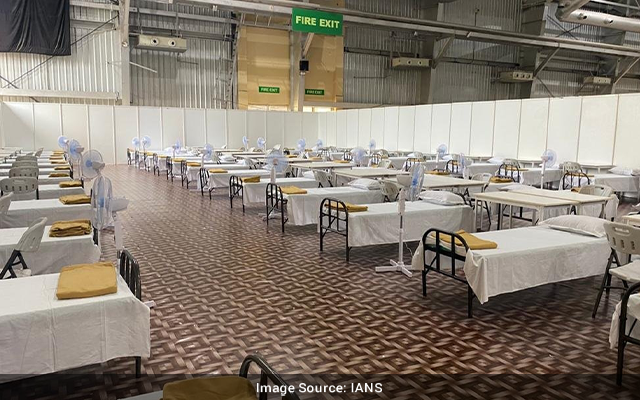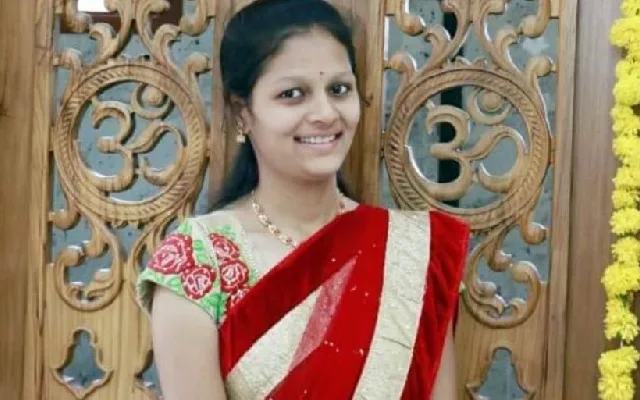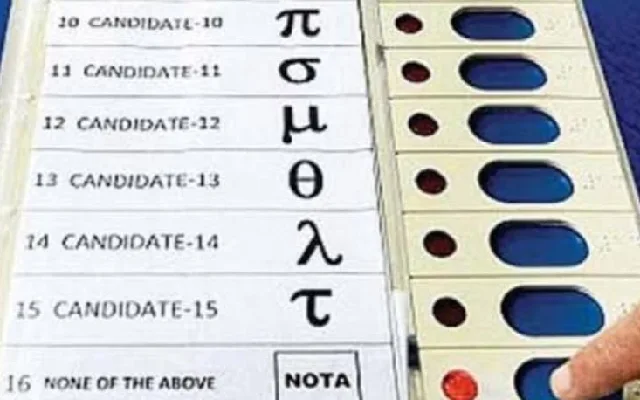New Delhi: The NITI Aayog report on the current status of the country-level assessment of emergency and injury care at secondary, tertiary level centres and district hospitals in India has highlighted the need to create technology-enabled world class emergency care system for accident and trauma victims.
The report has underlined the prevailing gaps in ambulance services, health infrastructure, human resources and equipment in the provision of optimal care, an official said on Friday December 10.
The NITI Aayog’s two comprehensive report titled — Reports on current status on Country level – secondary and tertiary level and district level emergency, and injury care in India has underlined the spectrum and load of emergency cases and the health infrastructure gap.
The report was launched by Dr. V. K. Paul, Member (Health) NITI Aayog, Dr. Randeep Guleria, Director, AIIMS and Dr. Rakesh Sarwal, Additional Secretary (Health) on Friday. These studies were carried out by the department of Emergency Medicine, JPNATC, AIIMS, New Delhi in collaboration with NITI Aayog.
The reports have also highlighted the need to have a nation-wide policy for triage, standardised protocols for care, world-class ambulance services augmented with effective paramedics and expansion of blood banks. Premature death and Disability Adjusted Life Years can be prevented by establishing robust integrated emergency care systems with definitive care, said the reports.
V. K. Paul in the foreword of the report has emphasised on the extraordinary importance for India to embark towards creating a world-class, efficient, professional, integrated emergency-care system, that is enabled by technology — for the care of any victim of accident, emergency or trauma in any part of the country.
He has pointed out that the assessment conducted in this pan-India study would be a key starting point for these deliberations.
Guleria underlined the imminent need to create systems that can take care of patients presenting with coronary syndrome, stroke, respiratory diseases, maternal and pediatric emergencies and injuries, that also represent leading causes of death and disabilities in India.
The studies have assessed the prevailing status of 100 emergency and injury care centres in the government and private hospital settings in 28 states and 2 union territories of the country, in addition to 34 District Hospitals.
A detailed analysis of existing gaps in all domains of emergency care encompassing ambulance services, infrastructure, human resources, equipment status, essential medicines, definitive care and burden of various diseases has been presented in the report.



















